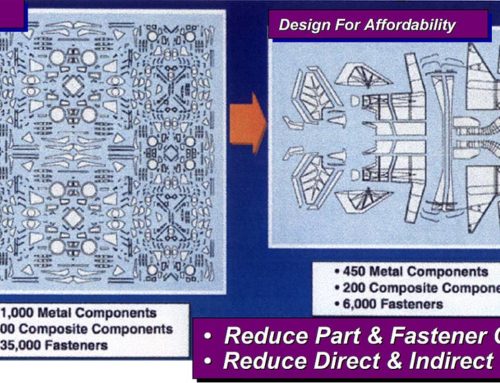As a graduate student/research fellow at MIT, George Epstein studied the effects of elevated temperature on structural adhesives. Later at North American Aviation, he developed the first high temperature structural adhesives. This technology is used today in film adhesives in aircraft and space systems. His 1954 book, Adhesive Bonding of Metals, was the first on structural adhesives.
 As assistant chief engineer of the Structural Materials Division at Aerojet-General Corp., he contributed to the development of high temperature thermal insulations for rocket motors and impermeable liners for pressure vessels, materials for filament winding, and metal/fiberglass laminated structures. He developed the tensile test method for fiberglass rovings, and the concept of laminating thin metal sheet with alternating plies of unidirectional fiberglass, the precursor to the GLARE material used in today’s Airbus A380.
As assistant chief engineer of the Structural Materials Division at Aerojet-General Corp., he contributed to the development of high temperature thermal insulations for rocket motors and impermeable liners for pressure vessels, materials for filament winding, and metal/fiberglass laminated structures. He developed the tensile test method for fiberglass rovings, and the concept of laminating thin metal sheet with alternating plies of unidirectional fiberglass, the precursor to the GLARE material used in today’s Airbus A380.
Epstein’s most significant contributions were at The Aerospace Corporation from 1966-1991. He introduced advanced composites into U. S. Air Force space systems. At the time, the Air Force discouraged the use of advanced composites in favor of metallic structures. Because weight is a major limiting factor in the design of space systems, he gained support from the
Air Force Materials Laboratory for an extensive R&D program to develop design data and demonstrate feasibility. Subsequently, he led a team of engineers in monitoring/supporting the development of the narrow beam precision horn antennas and mounting structure for the NATO III communications satellite consisting of thin carbon/epoxy facings bonded to low density honeycomb core. The success of this effort led to the use of advanced composites in other Air Force and NASA space programs.
Having been involved in solving these and many other problems as the director of the manufacturing engineering office at The Aerospace Corporation, Epstein established the Air Force Manufacturing Problem Prevention Program (MP3) with team members from Air Force contractors to disseminate lessons learned as to prevent recurrence. He also contributed to the Air Force Space and Missile Systems Center Commander’s policies to prevent such problems.




















